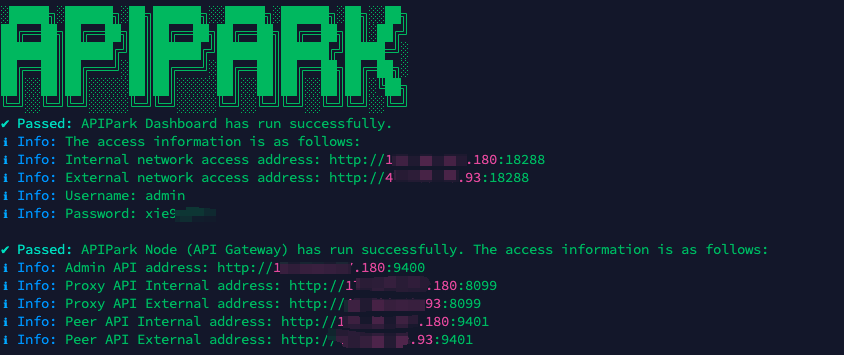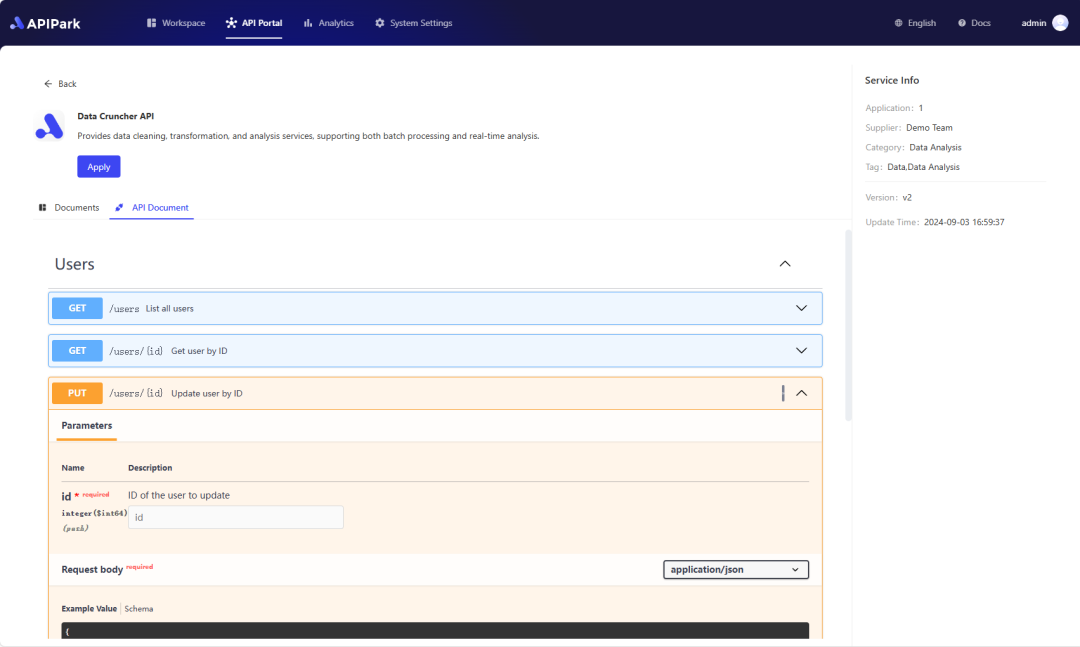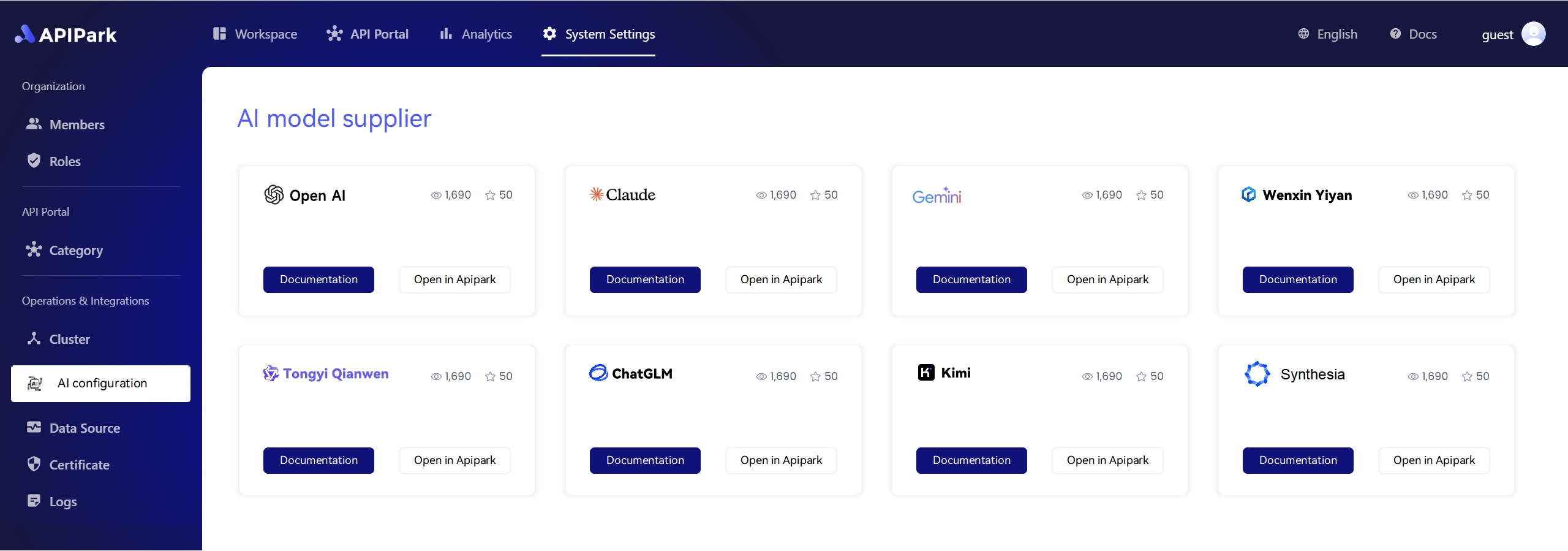As the digital landscape continuously evolves, webmasters face a multitude of challenges when managing their online platforms. One common issue that often arises is the dreaded “Rate Limit Exceeded” message. This can be frustrating for both site administrators and users alike. In this article, we will delve into the concept of rate limiting, the common causes leading to this condition, and potential solutions to mitigate these issues effectively. We will also explore how tools like AI security, LiteLLM, and API Lifecycle Management play a vital role in addressing these challenges.
What is Rate Limiting?
Rate limiting is a technique used by web applications to control the amount of incoming and outgoing traffic to and from a server. It essentially restricts the number of requests a user or application can make within a specific timeframe. This measure helps protect resources from being overwhelmed, ensuring equitable availability for all users, and preventing abusive practices such as denial-of-service attacks.
Why is Rate Limiting Important?
- Resource Protection: By limiting the number of requests, servers can operate efficiently and prevent downtime caused by excessive traffic.
- User Experience: By preventing one user from consuming excessive resources, other users have better access, improving the overall experience.
- Security Measures: Rate limiting acts as a barrier against certain types of abuse, enhancing the security of APIs and web services.
Causes of Rate Limit Exceeded
Understanding the potential causes of a “Rate Limit Exceeded” error is crucial for webmasters to troubleshoot and develop effective solutions. Here are some common causes:
1. High User Traffic
One of the most common scenarios leading to rate limits being exceeded is a sudden surge in user traffic. This can occur during promotional events or viral content sharing. If your website or API receives more requests than it is configured to handle, users may encounter this error message.
2. Inefficient Code
Poorly optimized code can lead to excessive API calls or unnecessary resource requests. Inefficient logic or repetitive data fetching may exhaust the allocated limits quickly, resulting in a premature “Rate Limit Exceeded” error.
3. Bot Activities
Automated scripts and bots can generate massive amounts of traffic, often disregarding the rate limits imposed by the API provider. When such bots hit the API or web service, the server can become overwhelmed, resulting in this error.
4. Misconfigured API Settings
Sometimes, the problem may stem from misconfigured API settings on the server-side. If the rate limit settings are not accurately defined, it can result in users exceeding limits unintentionally.
5. Network Issues
High latency and network-related problems can result in repeated failed requests, leading to users resending requests. This behavior can inadvertently increase the hit count and result in reaching rate limits.
Solutions to Rate Limit Exceeded
1. Implement Exponential Backoff
Exponential backoff is a standard strategy used to handle errors, like rate limits. When a request encounters an error, subsequent requests should be delayed for increasingly longer periods. This ensures that the server has time to recover, preventing further strain on resources.
2. Optimize Code and Resources
Webmasters should regularly assess their codebases to identify and eliminate inefficiencies. Minimizing unnecessary API calls, eliminating loops that query data repetitively, and caching responses can significantly enhance performance.
3. Monitor Traffic Patterns
Using monitoring tools to analyze traffic patterns can provide insights into user behavior. Tools like Google Analytics or server-side monitoring can help webmasters identify peak usage times and adjust their API usage accordingly.
4. Rate Limiting at Your End
As a proactive approach, webmasters can implement their own rate limiting on their API endpoints. This can be especially effective for user-generated actions to prevent misuse while maintaining a fair user experience.
5. Utilize AI Security Solutions
Incorporating AI security solutions can significantly help in managing rate limits and detecting abusive behavior patterns. With advanced algorithms, these tools can differentiate between legitimate user activity and potentially harmful bot traffic, allowing for more refined rate limit controls.
The Role of LiteLLM and API Lifecycle Management
When deploying solutions to manage rate limits, utilizing tools like LiteLLM and API Lifecycle Management can streamline processes significantly.
LiteLLM provides a lightweight framework capable of managing various applications and their API demands efficiently. This tool can aid in ensuring that API rate limits are properly monitored and adhered to, thereby preventing overwhelming traffic.
API Lifecycle Management
API Lifecycle Management involves overseeing the entire API lifecycle, from design, development, and testing to deployment and monitoring. By effectively managing this lifecycle, webmasters can ensure APIs are optimized for performance and less likely to exhaust rate limits.
| Aspect | Description | Benefits |
|---|---|---|
| Design | Planning and designing APIs suited for various use cases | Better resource allocation |
| Development | Coding and implementing APIs with peak usage in mind | Enhanced performance |
| Testing | Running load tests to identify potential bottlenecks | Greater stability under high load |
| Deployment | Gradually deploying APIs to measure impact | Controlled user experience |
| Monitoring | Continuous monitoring of API usage and performance metrics | Early detection of issues |
APIPark is a high-performance AI gateway that allows you to securely access the most comprehensive LLM APIs globally on the APIPark platform, including OpenAI, Anthropic, Mistral, Llama2, Google Gemini, and more.Try APIPark now! 👇👇👇
Conclusion
Encountering a “Rate Limit Exceeded” error can cause significant disruption for webmasters and users alike. By understanding the causes behind this issue and implementing structured solutions, webmasters can effectively manage their traffic flow without compromising user experience. Solutions such as exponential backoff, traffic monitoring, and leveraging advanced AI security tools like LiteLLM can help mitigate these challenges.
Furthermore, adopting robust API Lifecycle Management practices will provide better oversight and control over the APIs you deploy. Remember, an informed administrator is a successful one. By being proactive, you can ensure that your site remains robust against traffic demands while providing an exceptional user experience. Explore these strategies today, and turn rate limiting from a hindrance into an opportunity for enhanced performance and security.
Example API Call
Here’s an example API call you might use to engage with a resource while managing rate limits effectively:
curl --location 'http://api.example.com/v1/resource' \
--header 'Content-Type: application/json' \
--header 'Authorization: Bearer your_token_here' \
--data '{
"requestType": "fetchData",
"parameters": {
"filter": "active",
"limit": 100
}
}'
This code snippet illustrates how to ensure you’re making efficient API calls while adhering to your rate limits and maintaining robust server performance. Adjust parameters according to your needs and resource constraints to optimize your API engagements.
By integrating these practices and tools into your web management strategies, you can alleviate the stress involved with rate limiting and maintain the reliability of your web services.
🚀You can securely and efficiently call the Gemni API on APIPark in just two steps:
Step 1: Deploy the APIPark AI gateway in 5 minutes.
APIPark is developed based on Golang, offering strong product performance and low development and maintenance costs. You can deploy APIPark with a single command line.
curl -sSO https://download.apipark.com/install/quick-start.sh; bash quick-start.sh

In my experience, you can see the successful deployment interface within 5 to 10 minutes. Then, you can log in to APIPark using your account.

Step 2: Call the Gemni API.
